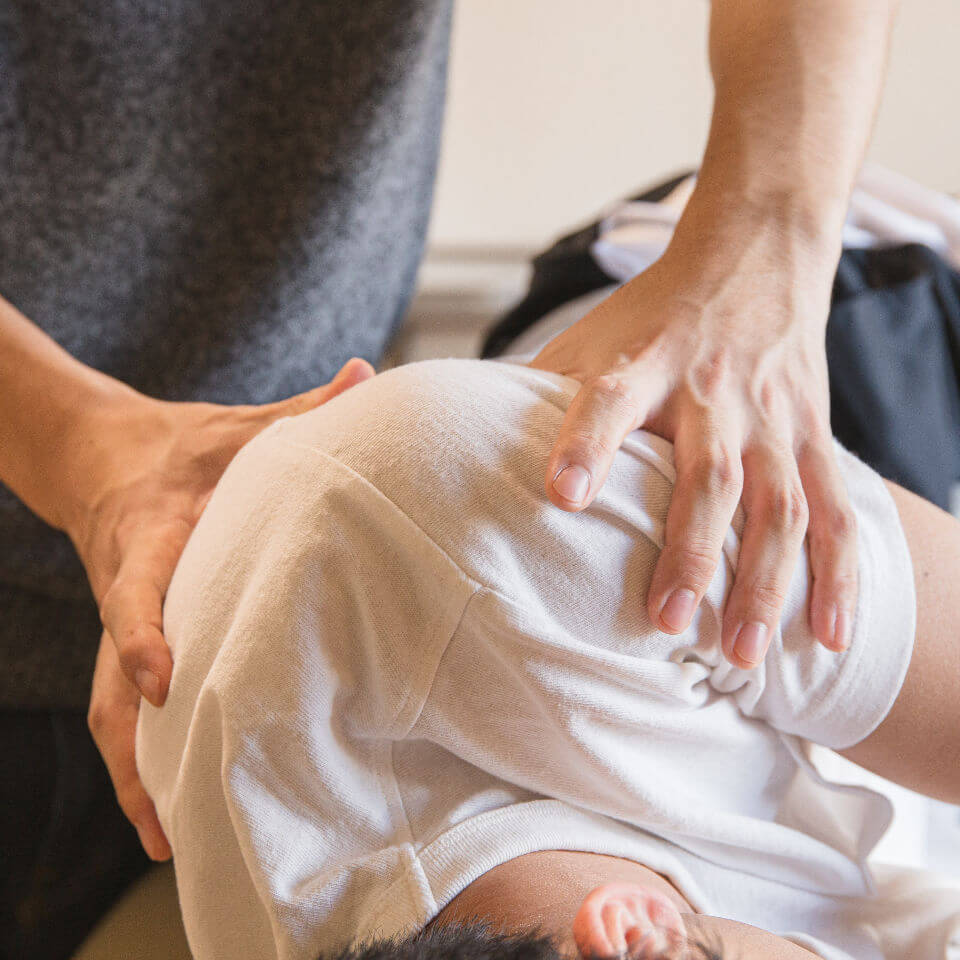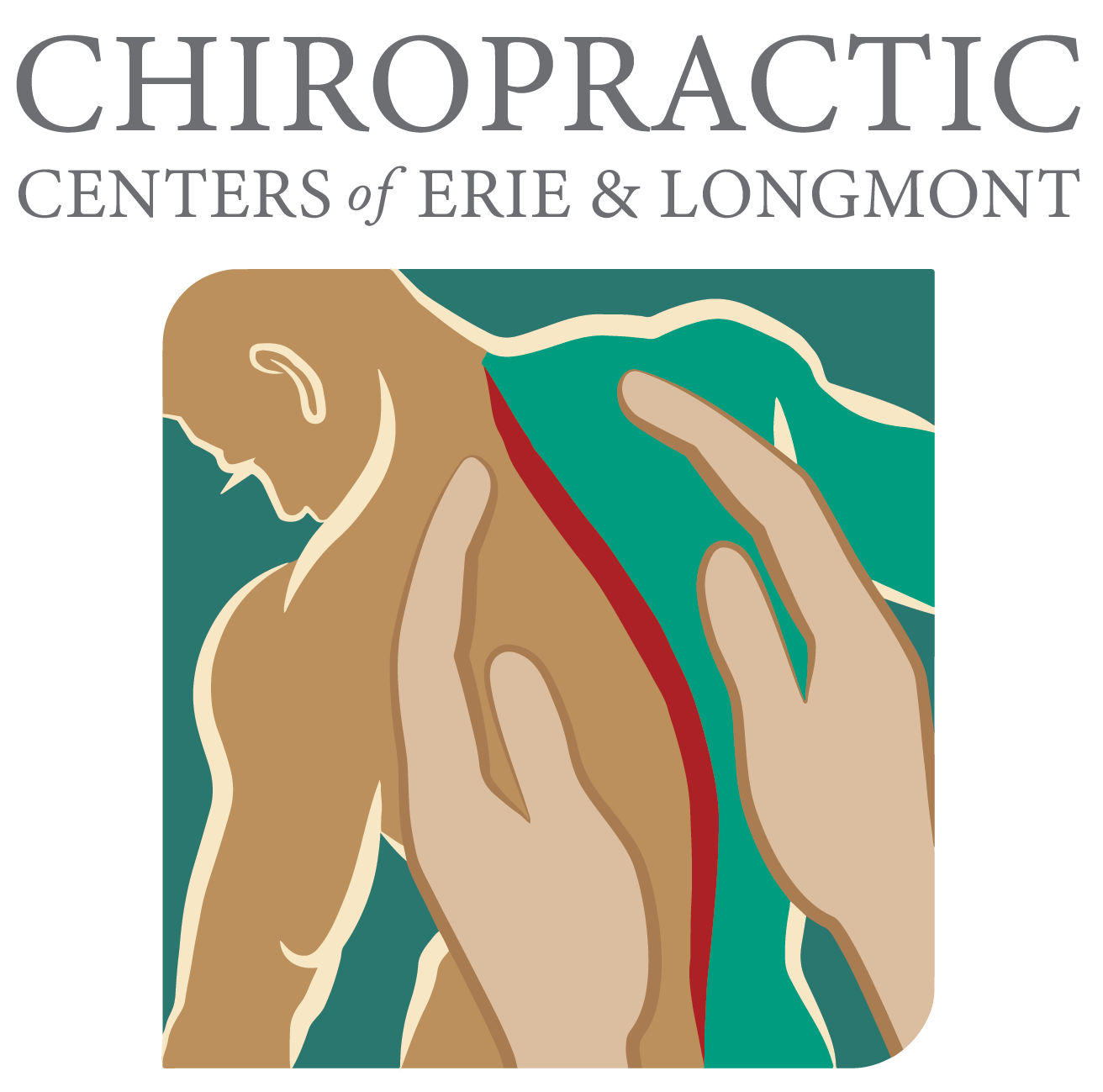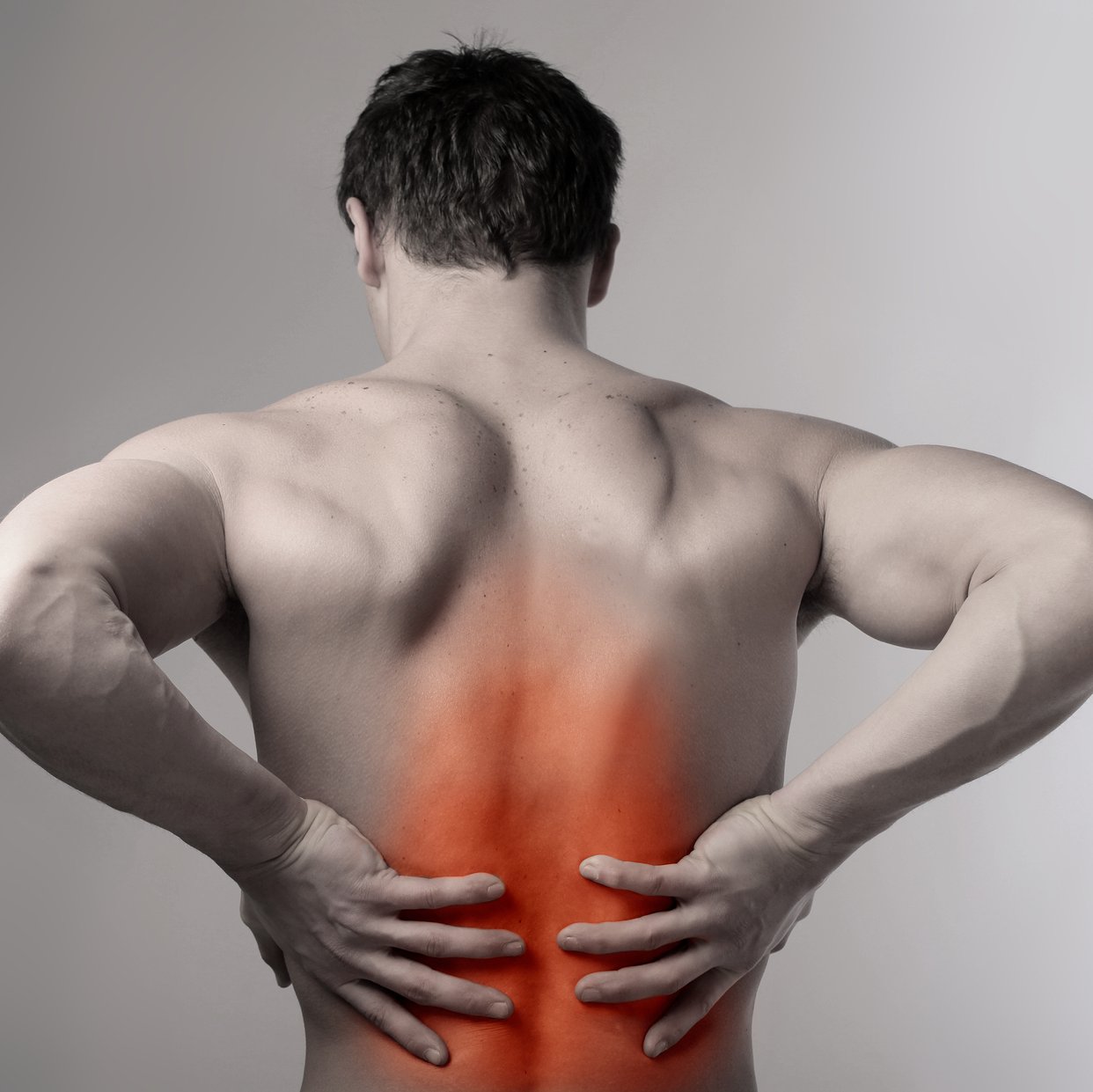Table of Contents
Discover How Chiropractic Care Can Help Restore Freedom Of Movement, Reduce Stiffness, And Enhance Overall Physical Function—without Medication Or Surgery

Your body was designed to move freely. Whether you’re reaching for something on a high shelf, bending down to tie your shoes, or simply turning your head to check your blind spot while driving, smooth movement should feel natural and effortless. When stiffness, pain, or restricted mobility get in the way, even simple daily tasks can become challenging and frustrating.
If you’ve been dealing with a limited range of motion, you’re not alone. Millions of people struggle with mobility issues that affect their quality of life. The good news is that chiropractic care for mobility offers a proven, natural approach to restoring movement and helping you get back to doing the things you love.
At Chiropractic Center of Erie & Longmont, CO, we’ve been helping Front Range community members regain their freedom of movement for over 29 years. Our experienced team understands how frustrating it can be when your body doesn’t move the way it should, and we’re here to help you unlock your full potential for movement.
Understanding the Science Behind Joint Mobility
To understand how chiropractic helps mobility, it’s important to know what happens inside your joints when movement becomes restricted. Your joints are complex structures made up of bones, cartilage, ligaments, muscles, and synovial fluid. When everything works together properly, you enjoy smooth, pain-free movement throughout your entire range of motion.
Joint mobility depends on several key factors. First, the surfaces of your joints need to glide smoothly against each other. When joints become misaligned or stuck, this smooth gliding motion gets disrupted. Second, the muscles and ligaments around your joints need to be flexible and strong enough to support movement without restriction.
The synovial fluid that lubricates your joints also plays a crucial role. This fluid helps reduce friction and provides nutrition to the cartilage. When joints don’t move regularly or properly, this fluid can become thicker and less effective, leading to stiffness and discomfort.
Your nervous system controls all of this movement through complex signals between your brain, spinal cord, and muscles. When there’s interference in these nerve signals, your muscles may not receive the proper instructions, leading to tension, weakness, or coordination problems that limit your mobility.
Research shows that joint mobility isn’t just about the joints themselves. The fascia, or connective tissue that surrounds your muscles and organs, also affects how well you can move. When fascia becomes tight or restricted, it can create a domino effect that limits movement throughout your entire body.
The Role of Spinal Alignment in Movement

Your spine serves as the central highway for nerve communication throughout your body. When your vertebrae are properly aligned, nerve signals can flow freely, allowing your muscles to work efficiently and your joints to move smoothly. However, when spinal misalignments occur, they can create a cascade of problems that affect mobility throughout your entire body.
Spinal adjustments for flexibility work by correcting these misalignments and restoring proper nerve function. When a vertebra is out of its normal position, it can put pressure on nearby nerves, muscles, and other soft tissues. This pressure can cause inflammation, muscle tension, and reduced blood flow to the affected area.
The effects of spinal misalignment extend far beyond the immediate area of the problem. Because your spine is connected to every part of your body through the nervous system, a misalignment in one area can affect movement and function in seemingly unrelated areas. For example, a misalignment in your neck might contribute to shoulder stiffness, while a problem in your lower back could affect hip mobility.
Proper spinal alignment also affects your posture, which plays a significant role in overall mobility. When your spine maintains its natural curves, your body can distribute weight and forces evenly. This reduces stress on individual joints and muscles, allowing for more efficient movement patterns.
Your core muscles, which include not just your abs but also your back muscles, pelvic floor, and diaphragm, rely on proper spinal alignment to function effectively. When your spine is aligned, these muscles can work together to provide stability and support for movement throughout your body.
Common Causes of Restricted Mobility
Understanding what causes mobility problems can help you take steps to prevent them and seek appropriate treatment when they occur. Many factors can contribute to restricted movement, and often multiple causes work together to create the problem.
Poor posture is one of the most common culprits behind mobility issues. Hours spent hunched over computers, looking down at phones, or sitting in poorly designed chairs can create muscle imbalances and joint restrictions that limit your range of motion. Over time, these postural habits can become ingrained, making it difficult to move naturally even when you’re not in these positions.
Injury and trauma can also significantly impact mobility. Even minor injuries that seem to heal on their own can leave behind scar tissue, muscle imbalances, or joint restrictions that limit movement. Car accidents, falls, sports injuries, and repetitive strain from work or hobbies can all contribute to long-term mobility problems.
Age-related changes in your joints, muscles, and connective tissues naturally affect mobility over time. Cartilage may thin, muscles may lose some of their flexibility, and ligaments may become less elastic. However, many age-related mobility problems can be prevented or significantly improved with proper care.
Lack of regular movement and exercise creates a “use it or lose it” situation with your joints and muscles. When joints don’t move through their full range regularly, they can become stiff and restricted. Muscles that aren’t challenged become weak and tight, further limiting your ability to move freely.
Inflammation from various sources can also restrict mobility. This might come from dietary factors, stress, autoimmune conditions, or chronic infections. When inflammation affects your joints and soft tissues, movement becomes painful and limited.
Emotional stress and tension often manifest as physical tightness and restricted movement. Many people hold stress in their neck, shoulders, or back, creating patterns of muscle tension that limit mobility over time.
How Chiropractic Adjustments Improve Range of Motion
Chiropractic treatment for stiffness works through several mechanisms to restore and improve your range of motion. The primary tool chiropractors use is the spinal adjustment, a precise, controlled movement applied to joints that have become restricted or misaligned.
When a joint mobility chiropractor performs an adjustment, they’re applying a specific force to move the joint through a range it hasn’t been able to achieve on its own. This movement helps break up adhesions and scar tissue that may have formed around the joint, allowing for smoother movement.
Adjustments also stimulate mechanoreceptors in your joints and muscles. These specialized nerve endings respond to movement and pressure, sending signals to your brain that can help reduce pain and improve coordination. This neurological effect often provides immediate relief and improved movement.
The popping sound you sometimes hear during an adjustment comes from gas bubbles being released from the synovial fluid in your joints. While this sound isn’t necessary for the treatment to be effective, it often indicates that the joint has moved through a range it hasn’t accessed recently.
Chiropractic benefits for range of motion extend beyond just the adjusted joint. When one area of your body moves better, it often has a positive effect on other areas as well. For example, improving movement in your thoracic spine can help reduce tension in your neck and improve shoulder mobility.
Regular chiropractic adjustments can help maintain joint mobility and prevent restrictions from developing. Many patients find that consistent care helps them maintain better movement and prevents the gradual loss of flexibility that might otherwise occur over time.
Soft tissue techniques used alongside adjustments can further enhance mobility improvements. These might include muscle stretching, trigger point therapy, or myofascial release techniques that address the muscles and connective tissues around your joints.
The goal of chiropractic care isn’t just to improve range of motion temporarily, but to restore normal movement patterns that your body can maintain. This involves not only correcting restrictions but also helping your nervous system relearn proper movement coordination.
Beyond Adjustments: Exercises and Habits That Support Long-Term Mobility
While chiropractic adjustments are highly effective for restoring movement, the most successful approach to improve range of motion with chiropractic care includes exercises and lifestyle modifications that support long-term mobility.
Specific stretching exercises prescribed by your chiropractor can help maintain and improve the gains made through adjustments. These exercises are typically designed to target the specific areas where you have restrictions and to reinforce proper movement patterns.
Strengthening exercises play an equally important role in supporting mobility. Weak muscles can’t properly support your joints, leading to compensatory movement patterns that create restrictions elsewhere in your body. Your chiropractor may recommend exercises that strengthen the muscles around problem areas while also improving overall functional strength.
Postural awareness and correction are essential components of long-term mobility improvement. Learning to recognize poor postural habits and actively correcting them throughout the day can prevent many mobility problems from returning.
Regular movement breaks during long periods of sitting or repetitive activities can help maintain joint mobility. Simple exercises like shoulder rolls, neck stretches, or short walks can prevent stiffness from building up during the day.
Ergonomic improvements to your work and home environments can reduce the daily stresses that contribute to mobility problems. This might include adjusting your computer monitor height, using a supportive chair, or modifying your sleep setup.
Stress management techniques can also support physical mobility by reducing the muscle tension that often accompanies emotional stress. Practices like deep breathing, meditation, or gentle yoga can help keep your body relaxed and mobile.
Proper hydration and nutrition support the health of your joints and connective tissues. Staying well-hydrated helps maintain the quality of your synovial fluid, while anti-inflammatory foods can help reduce inflammation that might limit mobility.
Taking the Next Step Toward a More Mobile You
Restore movement chiropractic care offers a path back to the freedom of movement you deserve. At Chiropractic Center of Erie & Longmont, CO, our experienced team has helped thousands of patients overcome mobility limitations and return to active, fulfilling lives.
The journey to better mobility often begins with understanding what’s causing your restrictions and developing a personalized treatment plan that addresses your specific needs. During your initial consultation, we’ll perform a thorough evaluation to identify the root causes of your mobility problems and explain how chiropractic care can help.
Many patients begin to notice improvements in their range of motion after just a few treatments, though the timeline for full recovery varies depending on the severity and duration of their restrictions. Our team will work with you to set realistic expectations and track your progress along the way.
Increase flexibility chiropractic care isn’t just about treating existing problems – it’s also about helping you maintain optimal mobility for years to come. Regular maintenance care can help prevent restrictions from returning and keep you moving freely as you age.
Don’t let limited mobility keep you from enjoying life to the fullest. Whether you’re dealing with chronic stiffness, recovering from an injury, or simply want to maintain your current level of movement, professional chiropractic care can help you achieve your goals.
Contact Chiropractic Center of Erie & Longmont CO today at 303-828-3000 or reach our Facebook page to schedule your consultation and take the first step toward unlocking your body’s full potential for movement. With over 29 years of experience serving the Front Range community and recognition as the best of the west 11 times, we’re here to help you move better, feel better, and live better.
Frequently Asked Questions
How does chiropractic care help improve mobility and range of motion?
Chiropractic care for mobility works by correcting spinal misalignments that interfere with nerve function and joint movement. Through precise spinal adjustments, chiropractors restore proper joint mechanics, reduce inflammation, and improve nerve communication throughout your body. This comprehensive approach helps increase flexibility, reduce stiffness, and restore your natural range of motion without medication or surgery. Many patients experience improved movement after just a few treatments.
What causes restricted mobility and joint stiffness?
Common causes of restricted mobility include poor posture from desk work, previous injuries that created scar tissue, age-related joint changes, lack of regular movement, and chronic inflammation. Spinal misalignments can also compress nerves and create muscle tension that limits your range of motion. At Chiropractic Center of Erie & Longmont, CO, we identify the root causes of your mobility restrictions to develop an effective treatment plan that addresses your specific needs.
How long does it take to see mobility improvements with chiropractic treatment?
Most patients begin noticing improvements in their range of motion within the first few chiropractic sessions. However, the timeline varies depending on factors like the severity of restrictions, how long you’ve had the problem, and your overall health. Acute mobility issues may improve within weeks, while chronic conditions might take several months of consistent care. Our experienced team will provide realistic expectations based on your individual situation.
Can chiropractic adjustments help with stiffness in specific areas like the neck, back, or shoulders?
Yes, chiropractic treatment for stiffness is highly effective for specific problem areas. Joint mobility chiropractors use targeted adjustments to address restrictions in your neck, back, shoulders, hips, and other joints throughout your body. Because your spine connects to all body systems through nerves, improving spinal alignment often helps reduce stiffness in multiple areas simultaneously. We also provide specific exercises to maintain mobility improvements in your problem areas.
What’s the difference between chiropractic care and other treatments for mobility issues?
Chiropractic benefits for range of motion include addressing the root cause of mobility restrictions rather than just managing symptoms. Unlike medications that mask pain, chiropractic adjustments correct underlying joint dysfunction and nerve interference. This natural approach helps restore movement through your body’s own healing mechanisms without side effects. Combined with therapeutic exercises and lifestyle modifications, chiropractic care provides long-lasting mobility improvements.
How can I maintain mobility improvements after chiropractic treatment?
To maintain the benefits of chiropractic care, follow your prescribed exercise routine, practice good posture throughout the day, and stay active with regular movement breaks. Many patients benefit from periodic maintenance adjustments to prevent restrictions from returning. Our team at Chiropractic Center of Erie & Longmont CO, provides personalized recommendations for stretching, strengthening, and ergonomic improvements that support long-term mobility. Proper hydration and stress management also help maintain flexible, mobile joints.






